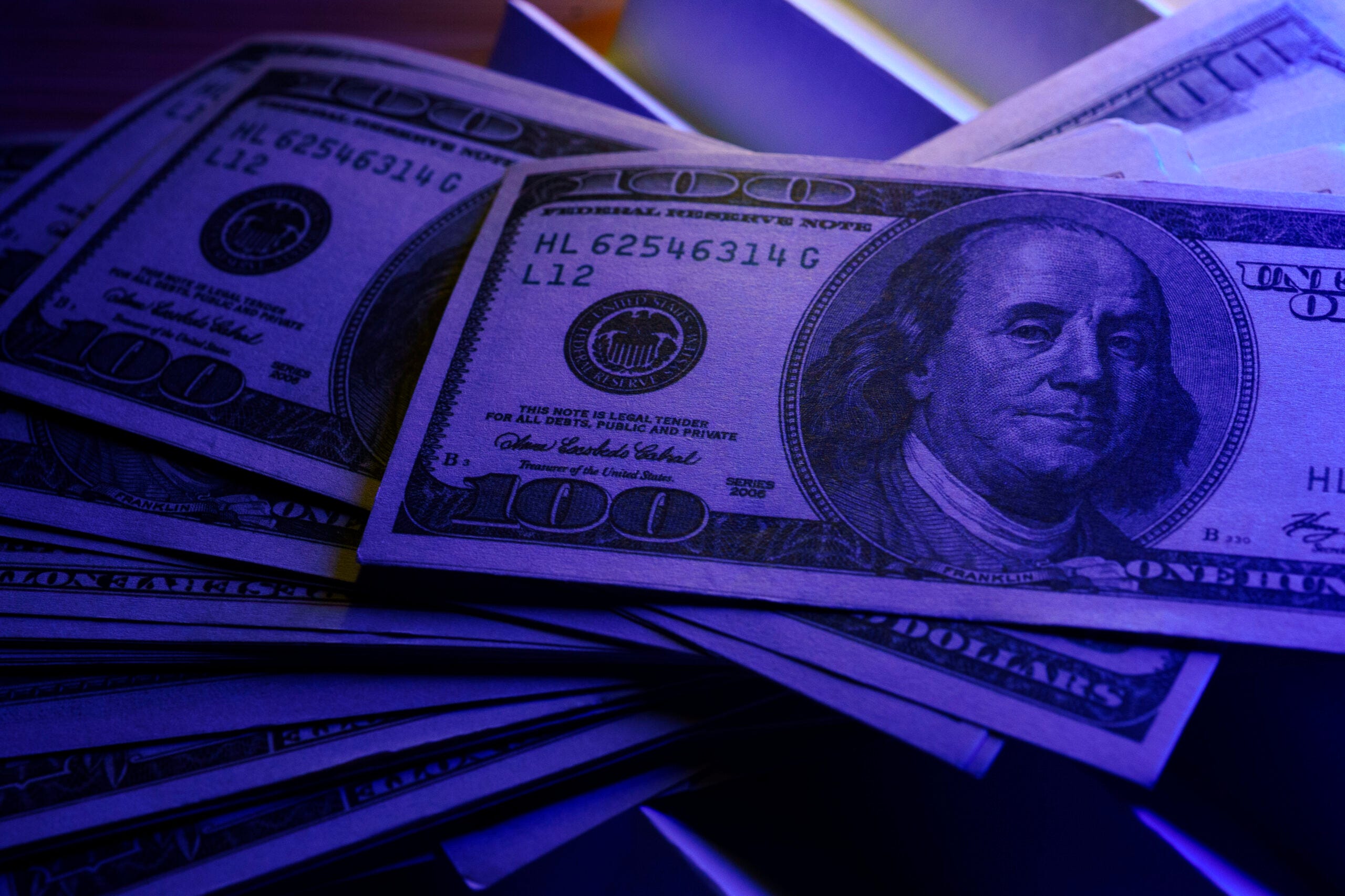Prices of everyday essentials are getting more expensive. According to a recent CNET survey, 93% of US adults are concerned about the cause behind it: inflation.
More specifically, they’re concerned about rising prices for groceries, gas, dining out, and utilities. In fact, 77% of Americans surveyed are experiencing “sticker shock” when buying groceries.
Despite inflation showing signs of cooling, 16% of survey respondents are leaning on financing options to make ends meet. We can’t change how inflation affects prices, but here’s what you can do to stay afloat and avoid as much debt as possible while still affording necessities during this time.
How to minimize debt when buying essentials
If you try to pay off your credit cards every month, but find those balances creeping beyond what’s in your bank account, you’re not alone.
The Federal Reserve Bank estimates more than half of American households carry some credit card debt, with an average credit card balance of $7,226. Taking on debt may be unavoidable for now — especially if your expenses exceed your income. People aren’t just taking on debt irresponsibly or not good at managing money, Bola Sokunbi, founder of Clever Girl Finance and a member of CNET’s expert review board, previously told CNET Money.
“It could be someone who is just beginning their financial journey and they lose their job, or inflation is so high and impacting their income that they can’t afford to follow the debt pay down plan they had made.”
Bola Sokunbi, CFEI,
Here are some shopping tips you can try to help cut costs without sacrificing necessities.
Stick to your budget (and list)
Sokunbi recommends making a budget and sticking to it as much as possible to help you take on as little debt as possible. Your budget should include all of your bills and necessities, such as groceries, gas and bills.
If you’re not aware of how much money goes toward everyday essentials, now is the time to find out. Track your expenses manually or with a budgeting app to see how much you’re paying for basics like food and filling up your tank, then look for areas where you can curb spending. For example, you may find subscriptions you can temporarily cut to hold onto more money for essentials. Keep in mind that some budgeting apps cost money, including our recommendation, Rocket Money ($4 to $12).
Because the rising cost of groceries is the biggest financial pain point for most Americans, it makes sense to find relief at the store. Going grocery shopping while hungry or without making a list is a recipe for impulse buying that can lead to disaster.
Shop coupons, weekly sales and deals
Coupon savings can be modest, but those dollars and cents add up fast. A coupon or savings app or printed coupons that come in the mail can help cut costs. And if you have to use a credit card, make sure you check the card’s offers and deals section for potential store discounts.
When you’re in the store, challenge yourself to shop only for snacks or ingredients that are on sale or cheaper than what you usually pay. Most grocery stores send out or post weekly ads. Consult them when making your shopping list — and deciding what to stock up on when it’s on sale.
Find out if your favorite grocery store price matches certain items and deals from another store. It’s important to note that price matches typically require that the competitor is offering the exact same product and that the deal is currently active But it doesn’t hurt to ask at the customer service desk if your store can match a price.
Switch brands and stores
Ever wonder how much brand loyalty is costing you? In some cases, store brands are major manufacturers selling products behind a different label for a lower price, so switching could score you serious savings without sacrificing quality.
You may also consider changing where you buy your perishables. Due to lower transportation costs, local farmer’s markets or grocery co-ops may charge less for fruit, vegetables, dairy and meat. Some smaller merchants lose money to high credit card swipe fees and may offer a discount if you pay in cash. Don’t be afraid to ask.
Read more: I Switched to Store-Brand Groceries for a Week. Here’s How Much I Saved
Although some things on the shelves cost the same as they did several years ago, you’re getting a lot less substance for the same sticker price — better known as shrinkflation. The best defense against this is to check the unit price before you put an item in your cart. Usually, you can find it on the item’s shelf tag.
Redeem your rewards to get grocery gift cards
Many credit cards offer attractive incentives, including cash-back rewards. Tempted to spend those earnings in all the wrong places? Use cash-back rewards to purchase grocery gift cards so you know you’re buying essentials with those earnings.
If you’re able to pay your credit card in full and on time each month, you may consider getting one of the best credit cards for groceries to earn boosted rewards. Otherwise, you may stick to a debit card or cash to avoid overspending or landing in debt. Either way, remember to calculate what’s in your cart before you hit the checkout to avoid an unpleasant surprise that you underestimated your total.
Commit to a spending freeze
Breaking a bad habit sometimes requires restraint. If your purchases have spiraled beyond your means, a spending freeze might help you work your way back to healthier habits. Whether you chill out on charging non-essentials to your credit card for two weeks or two months, the change could do you (and your wallet) a world of good.
You can also try a savings challenge or create one of your own — such as only spending $100 per week on groceries instead of $150. Or try a pantry challenge where you may use only what you already have in your pantry and freezer for a week, then use the unused funds to pay off debt or start an emergency fund.
The bottom line
If you find yourself consistently charging groceries, gas and other essentials, consider at least temporarily trimming expenses like subscriptions or taking up a side hustle to add extra money back into your budget. Even if there’s hope of relief from inflation on the horizon, it’s important for you to do what you can right now to avoid spiraling into debt.
Recommended Articles
5 Ways I’m Thinking Differently About Saving Money
5 Ways I’m Thinking Differently About Saving Money
5 Strategies for Consolidating Credit Card Debt
5 Strategies for Consolidating Credit Card Debt
Are Gen Z Money Trends Giving You Deja Vu? That’s Because They’re Boomer Financial Fads
Are Gen Z Money Trends Giving You Deja Vu? That’s Because They’re Boomer Financial Fads
More People Are Financing Groceries, CNET Survey Finds. 5 Tips to Save Money on Food
More People Are Financing Groceries, CNET Survey Finds. 5 Tips to Save Money on Food
The editorial content on this page is based solely on objective, independent assessments by our writers and is not influenced by advertising or partnerships. It has not been provided or commissioned by any third party. However, we may receive compensation when you click on links to products or services offered by our partners.



